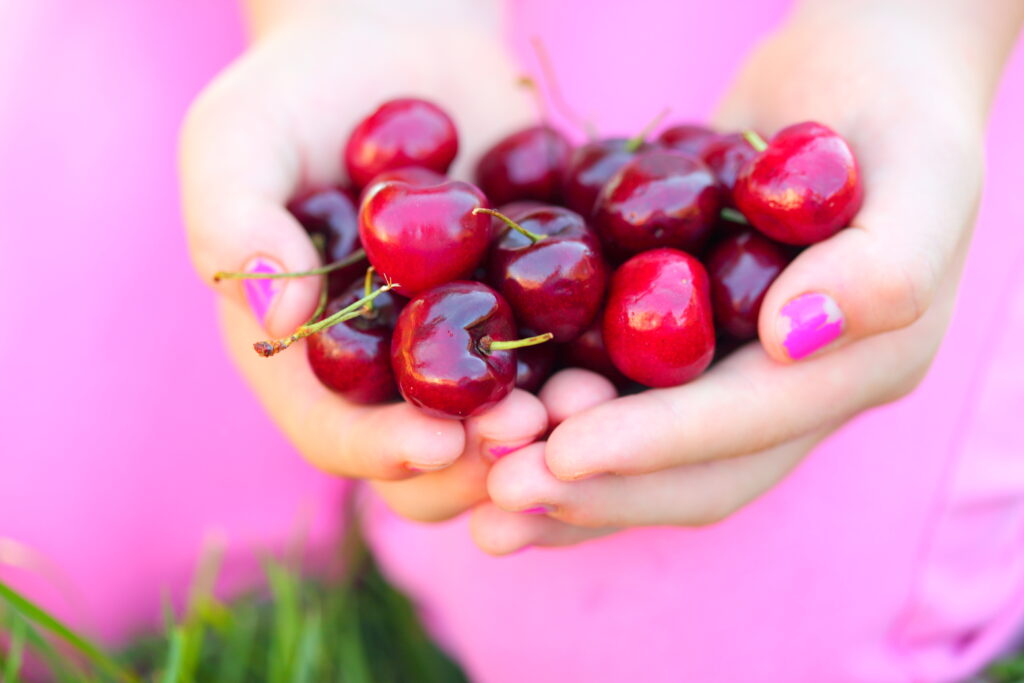Nature has a way of surprising us with its vibrant and diverse offerings, and one such delightful creation is the pink cherry. Often overshadowed by its more common red counterparts, the pink cherry stands out with its unique hue, distinctive flavor, and a host of health benefits. In this article, we will delve into the fascinating world of pink cherries, exploring their origin, nutritional value, culinary uses, and the overall impact they have on our well-being.
A Brief History of Pink Cherries
Cherries have a long and rich history, dating back thousands of years. The first recorded cultivation of cherries is believed to have occurred in ancient Greece, and the fruit has since spread to various parts of the world. While red cherries have dominated the market for centuries, pink cherries are a relatively recent addition to the fruit family.
The pink cherry, also known as the Rainier cherry, owes its distinctive color to a combination of red and yellow pigments. Named after Mount Rainier in Washington state, where it was developed in the 1950s, the Rainier cherry is a crossbreed between the Bing and Van cherry varieties. This hybridization resulted in a stunning fruit with a golden-yellow skin, blushed with hues of pink and red.
Nutritional Value of Pink Cherries
Beyond their aesthetic appeal, pink cherries boast a range of health benefits, making them a nutritious addition to your diet. Like their red counterparts, pink cherries are rich in essential vitamins, minerals, and antioxidants. Here are some key nutritional components found in pink cherries:
Vitamins: Pink cherries are a good source of vitamins A and C. Vitamin A is crucial for maintaining healthy skin and vision, while vitamin C is known for its immune-boosting properties.
Antioxidants: These cherries contain anthocyanins, the compounds responsible for their vibrant color. Anthocyanins are powerful antioxidants that help neutralize harmful free radicals in the body, reducing the risk of chronic diseases.
Fiber: Cherries, including the pink variety, are high in dietary fiber. Fiber aids digestion, promotes a feeling of fullness, and helps regulate blood sugar levels.
Minerals: Pink cherries provide essential minerals such as potassium, which plays a vital role in maintaining proper heart and muscle function.
Culinary Uses of Pink Cherries
The unique flavor profile of pink cherries opens up a world of culinary possibilities. From sweet to savory dishes, these cherries can enhance a variety of recipes. Here are some creative ways to incorporate pink cherries into your culinary endeavors:
Fresh Snacking: Enjoy pink cherries fresh as a delicious and nutritious snack. Their natural sweetness makes them an excellent alternative to sugary treats.
Salads: Toss pink cherries into your favorite salads for a burst of color and flavor. Their sweet and slightly tart taste complements both green and fruit salads.
Desserts: Pink cherries shine in desserts like pies, tarts, and ice creams. Their unique color adds visual appeal, and their sweet taste enhances the overall flavor of the treats.
Sauces and Chutneys: Create flavorful sauces and chutneys by simmering pink cherries with herbs and spices. These can be paired with meats, cheeses, or used as a topping for various dishes.
Beverages: Infuse your beverages with the essence of pink cherries. Add them to cocktails, mocktails, or simply muddle them in water for a refreshing drink.
Health Benefits of Pink Cherries
In addition to their delectable taste, pink cherries offer several health benefits:
Anti-Inflammatory Properties: The antioxidants in pink cherries, particularly anthocyanins, have anti-inflammatory effects that may help alleviate symptoms of inflammatory conditions like arthritis.
Improved Sleep: Pink cherries contain melatonin, a hormone that regulates sleep-wake cycles. Consuming these cherries may contribute to better sleep quality.
Heart Health: The potassium content in pink cherries supports heart health by helping regulate blood pressure and reducing the risk of cardiovascular diseases.
Weight Management: The fiber in pink cherries aids in weight management by promoting satiety and regulating appetite.
Conclusion
The pink cherry, with its alluring appearance and unique flavor, is a gem in the world of fruits. From its origins in the orchards of Washington state to its diverse culinary applications, the pink cherry has carved a niche for itself. Beyond its aesthetic appeal, this fruit packs a nutritional punch, offering a range of vitamins, antioxidants, and minerals.
Whether enjoyed fresh as a snack, incorporated into salads, or featured in delectable desserts, pink cherries bring a touch of elegance to any culinary creation. As we continue to explore and appreciate the diverse offerings of nature, the pink cherry stands out as a testament to the beauty and flavor that can be found in the simplest of fruits. So, the next time you come across these rosy-hued treasures, savor the experience and relish the goodness they bring to your palate and well-being.







